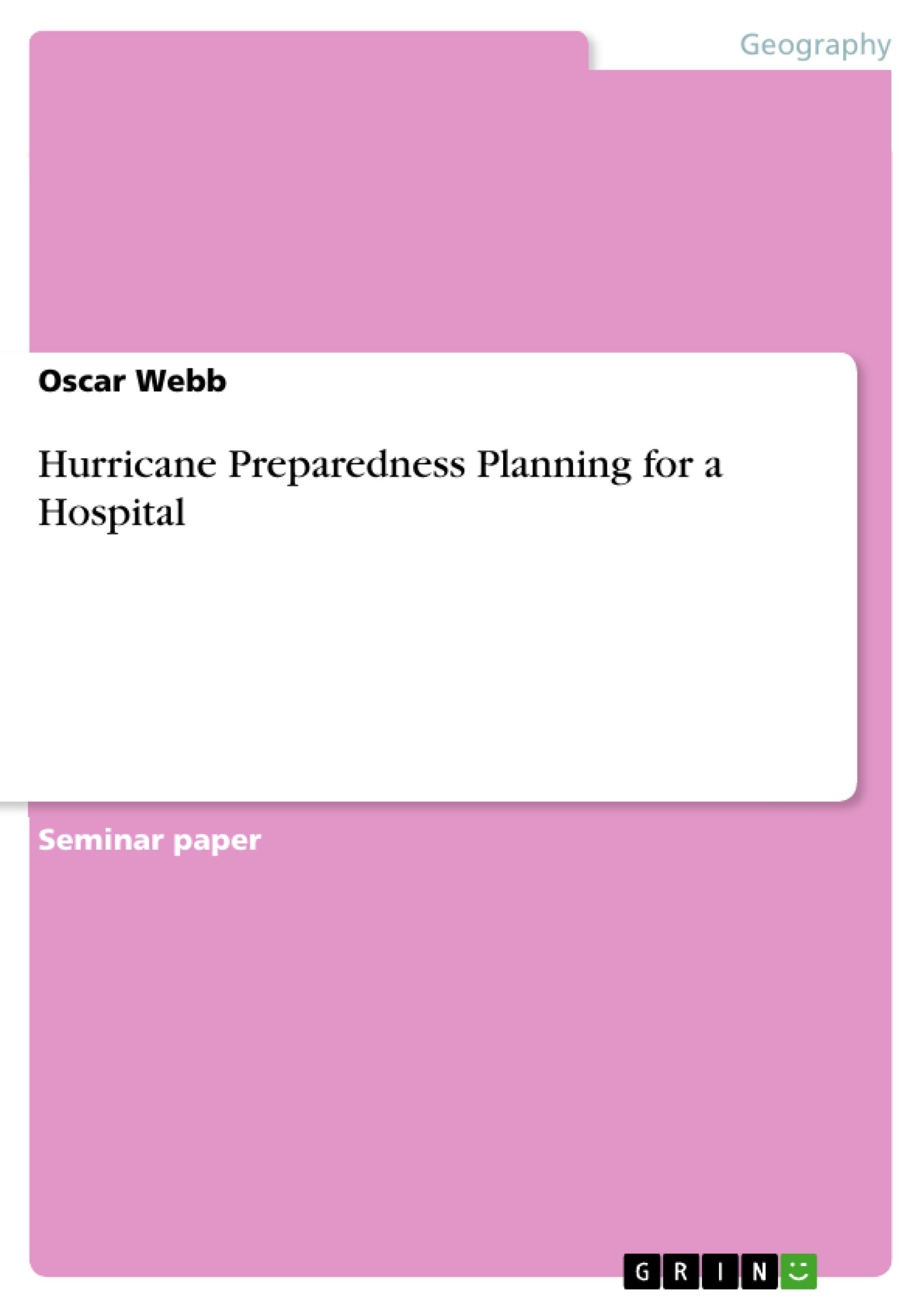Implementation of a hurricane preparedness and response plan requires the coordinated efforts of multiple agencies from throughout the region. Utilization of effective team support produced very good results when applied with strategic management efforts built on an application of solid ethical principles.
Understanding the importance of strong communication throughout the process allowed the team to produce superior results and build upon previous successes. The team was also cognizant that the experiences of the community and those that had gone through the process previously were important factors in allowing the current process to proceed in a positive fashion.
Disaster preparedness is by no means an exact science. Despite this fact, there are ways to eliminate errors and provide an organization with the highest chance to reduce negative outcomes. This is achieved through experience and repetitive training designed to mimic potential scenarios that may be encountered.
Analyzing previous successes and failures of the organization and other entities can provide valuable insight into what strategies will lead to the desired outcomes for the planning committee. Failing to consider the merits of past performance is a surefire way to mismanage a potential impending disaster. Even a successful previous plan can yield data about corrections and improvements when analyzed thoroughly.
Inhaltsverzeichnis (Table of Contents)
- Hurricane Preparedness Planning
- Disaster Preparedness
- Planning Team and Complex Systems Thinking
- Leadership and Roles in Disaster Planning
- Inter-organizational Relationships (IOR's)
- Objectives and Strategies
Zielsetzung und Themenschwerpunkte (Objectives and Key Themes)
This paper examines the implementation of a hurricane preparedness and response plan at Saint Leo University Hospital. It focuses on the importance of coordinated efforts, effective team support, and strategic management principles for mitigating the impact of hurricanes.
- Disaster preparedness and response planning
- Complex systems thinking and its application in healthcare
- Leadership and roles in disaster planning
- Inter-organizational relationships (IOR's) and resource mobilization
- Objective setting and strategic planning for disaster preparedness
Zusammenfassung der Kapitel (Chapter Summaries)
- Hurricane Preparedness Planning: Introduces the topic of hurricane preparedness planning and its importance for healthcare facilities. It highlights the need for coordinated efforts and effective team support.
- Disaster Preparedness: Discusses the challenges of disaster preparedness and the importance of experience and training. It analyzes the need to learn from past successes and failures to develop effective disaster plans.
- Planning Team and Complex Systems Thinking: Explores the concept of complex systems thinking and its relevance in disaster planning. It emphasizes the importance of a diverse planning team with multiple perspectives and the ability to adapt to changing circumstances.
- Leadership and Roles in Disaster Planning: Outlines the significant roles of leadership in disaster planning. It stresses the importance of clearly defined roles and responsibilities for all team members to ensure effective coordination and avoid duplication of efforts.
- Inter-organizational Relationships (IOR's): Examines the crucial role of inter-organizational relationships in disaster preparedness. It emphasizes the need to identify and establish partnerships with other organizations to secure resources and manpower assistance.
- Objectives and Strategies: Discusses the importance of clearly stating objectives and developing detailed strategies for hurricane preparedness planning. It underscores the necessity of allocating resources and executing tasks based on defined objectives.
Schlüsselwörter (Keywords)
Hurricane preparedness, disaster planning, complex systems thinking, leadership, inter-organizational relationships, healthcare, resource mobilization, strategic management.
- Arbeit zitieren
- Oscar Webb (Autor:in), 2013, Hurricane Preparedness Planning for a Hospital, München, GRIN Verlag, https://www.grin.com/document/301299



